There are so many awesome non-fiction pukapuka coming out every year. This batch of assorted non-fiction covers nature crafts, endangered dolphins, and hauora. Linda Jane Keegan gives a rundown of what to expect in each.
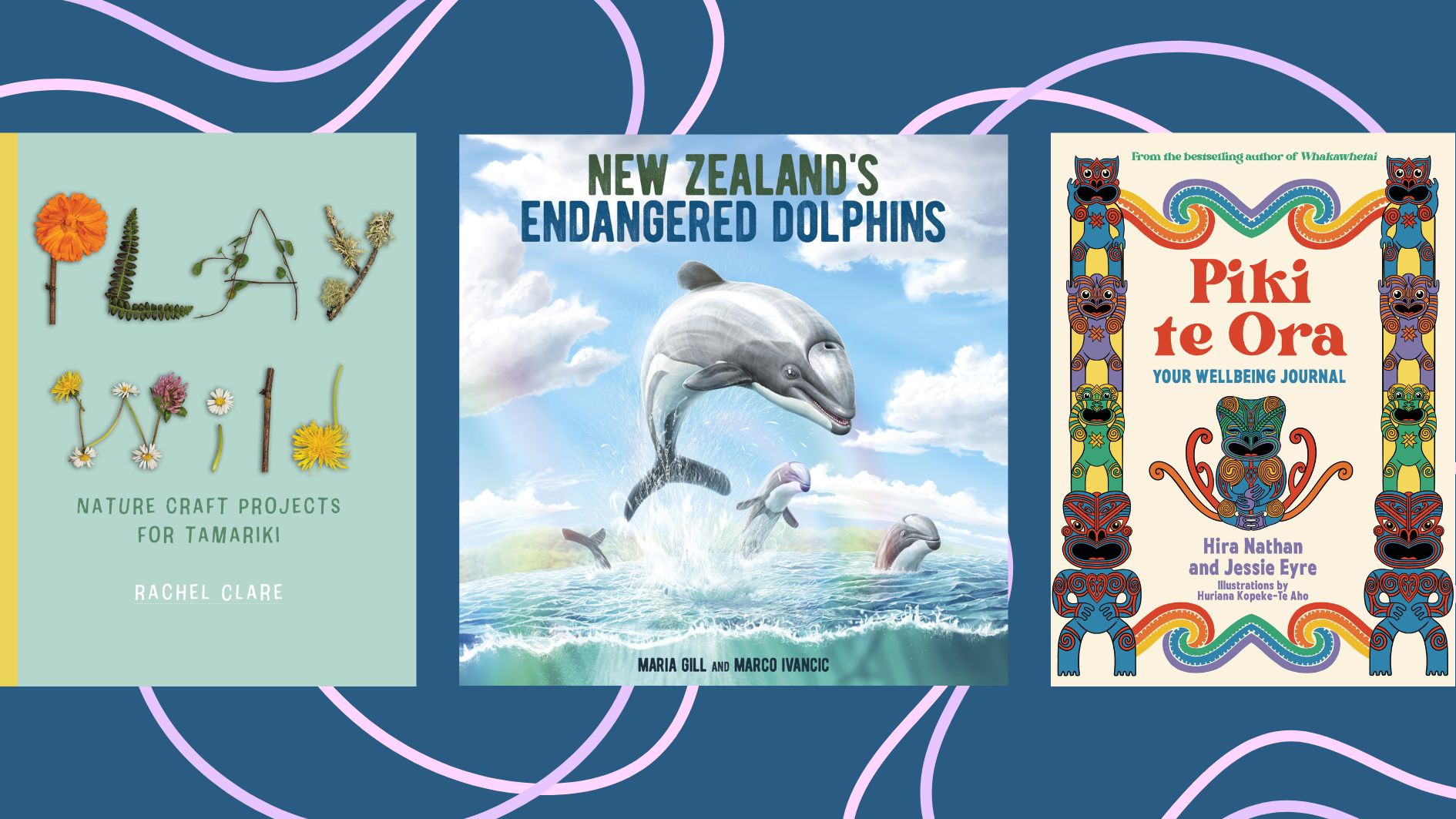
Play Wild: Nature Crafts for Tamariki, by Rachel Clare (Bateman Books)
Play Wild is an invitation to pick up things found outside and create with them, play with them, and learn about them. The book is a series of themed activities with detailed instructions and bright and enticing photography.
The style of the book feels like something you would see in American or British-centric titles of the same ilk, so it’s really nice to see an Aotearoa based one that makes use of both native and introduced species in its suggestions. The design is clear and attractive, and is inspiring even just to look at.
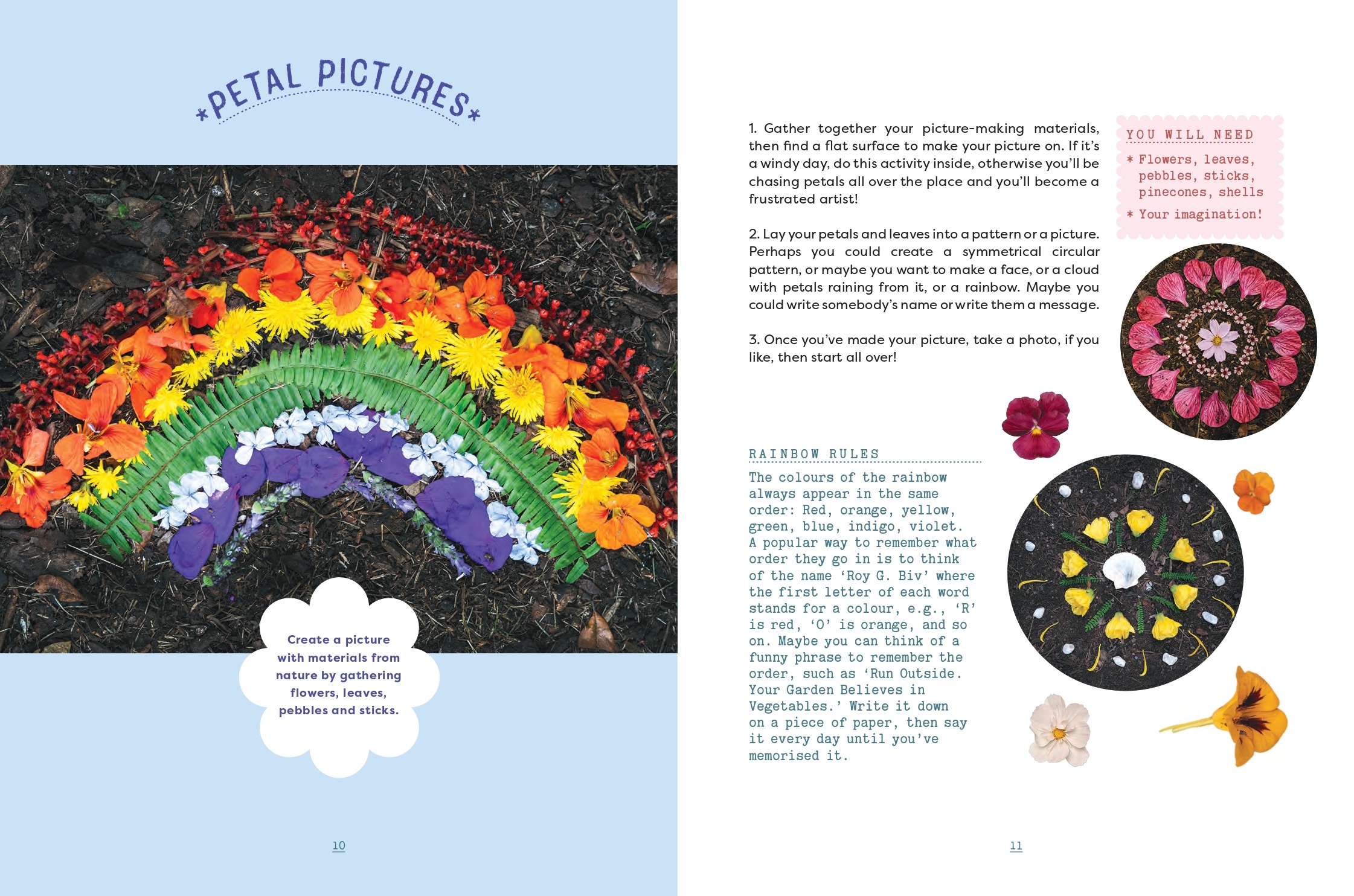
The activity descriptions are informative, if perhaps a little wordy for younger readers. They are accompanied by photos showing steps along the way and examples of finished crafts. There is a mixture of crafts that don’t require any additional supplies, and others that do, ranging from glue to reusing glass jars to air-dry clay. Some of the activities provide an opportunity for more complex creations using tools, such as the star topiary in the Celebrations section.
While we’re on the Celebrations section, there are some great suggestions for crafts that could be used for Matariki, Christmas and Easter. I think possibly there was a missed opportunity here to include ideas that could be used for other celebrations, such as rangoli for Diwali, or in the lantern activities suggesting uses for Lunar New Year or Eid. However, I imagine the author has chosen to stay within their area of knowledge and I can’t complain about that!
I love the implication of capability of budding creators
As a nature nerd and generally curious person, I loved seeing the inclusion of science sprinkled throughout the book in an accessible and not overwhelming way. There are butterfly facts, explanations of different types of soils, edible flowers, and how to germinate a kōwhai seed. I was very tickled by the description of floriography as the “original emojis,” and actually LOLed at the phrase “Kūmara are the OG vegetable crop in Aotearoa.” I suspect that might date this book in time to come but I think it is—100% emoji—totally worth it.
If I was being picky—and these are minor qualms—there were a couple of things that stuck out to me. In the ‘About this book’ section it says, “Yes, I know it’s comfy and cosy inside and you don’t want to get off your device,” which I found to be a bit unnecessary. On the one hand, it acknowledges the reality of devices and their addictive nature, but on the other hand I think if you have someone who has already picked up the book and is reading it, you want to welcome them, not make them feel guilty about their screen habits.
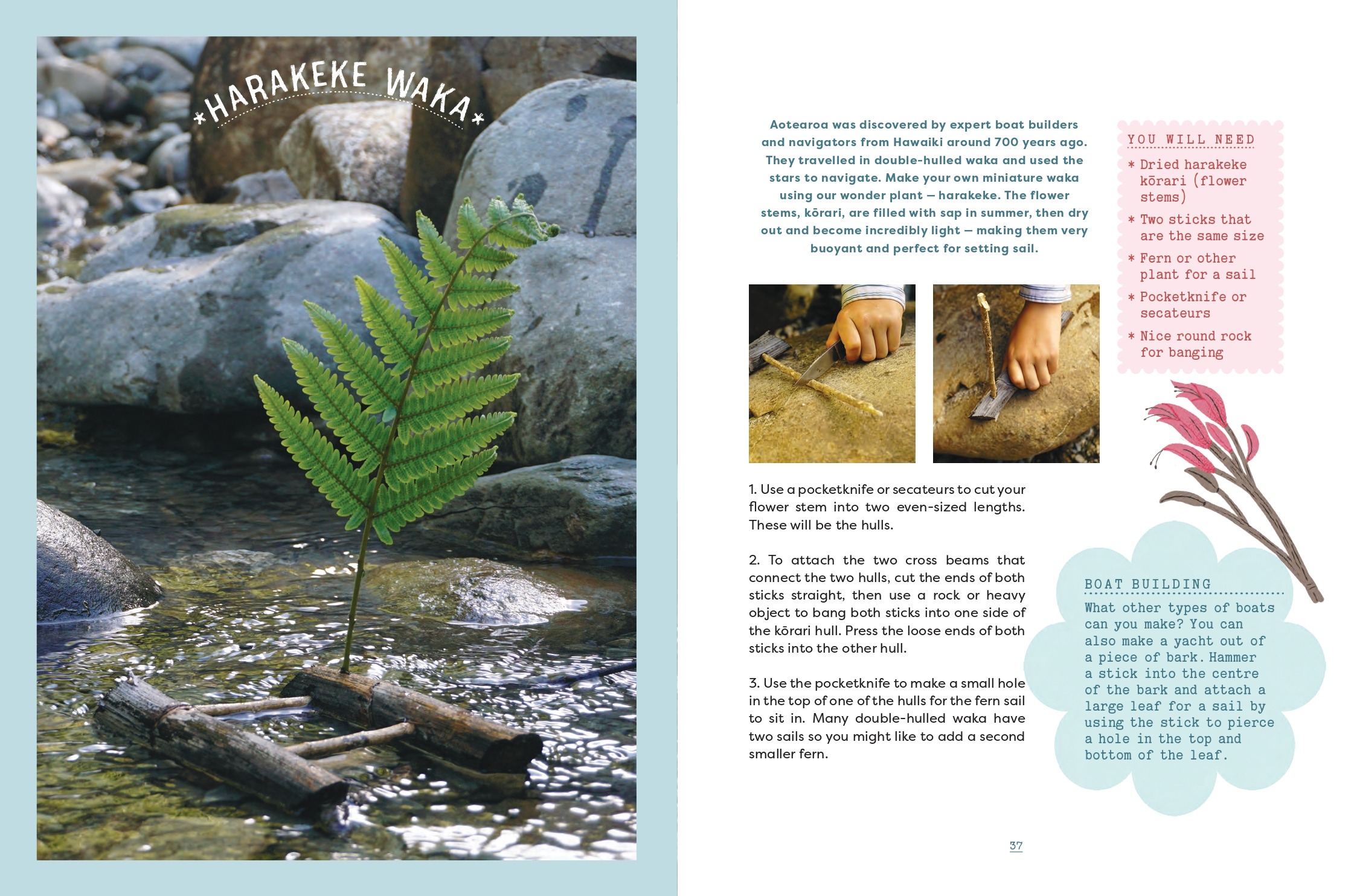
Another thing that gave me pause was activities with one-use resources, such as a balloon for making a leaf lamp, although it does suggest a reusable alternative (use a beach ball instead!). I also would have liked to see a disclaimer of sorts around appropriate collecting of plants, even if just to address respectful use, without taking away from the fun. Although it was reassuring to see a note to check that flowers you might want to use for ice cubes are safe to consume, and to make sure they aren’t from an area that might have been sprayed with weedkiller. And I loved how that harakeke is called just that, without needing to include a translation to flax.
Overall this is a fantastic resource that would have great use for teachers, educators and parents, both in the classroom and at home. There are a range of activities that can be done in one sitting, as well as those with longer gestation periods, and I love the implication of capability of budding creators. There are so many great ideas that you can run with as is, or expand upon to your wild heart’s content. It’s a wonderful book.
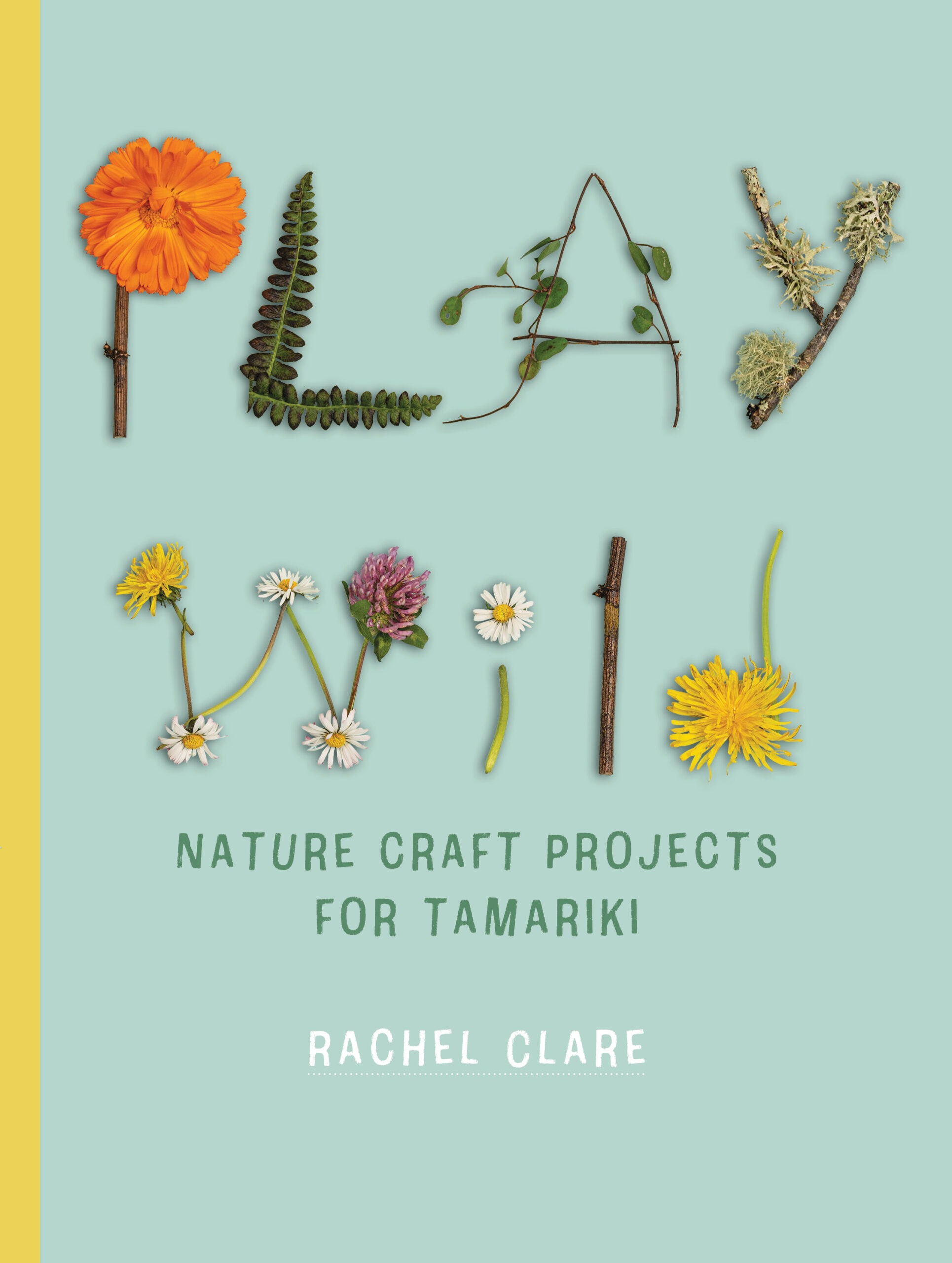
New Zealand’s Endangered Dolphins, by Maria Gill & Marco Ivancic (White Cloud Books)
I am never not excited by seeing another children’s book about the natural world being published. New Zealand’s Endangered Dolphins has an attractive glossy cover with a hint of rainbows in the spray left by leaping dolphins. Inside are beautifully illustrated scenes and closeups, explained by simple and informative text.
The language and writing is suitably pitched for a young audience, with a glossary in the back to supplement the explanations in the main part of the book. There are a few places I would have loved to see a little more detail, such as a list of the other dolphins in Aotearoa’s waters, how and where to send a sample of seawater, and how exactly cat poop gets into waterways to affect dolphins. The facts that are included are great though; I learned that when echolocating, dolphins can even tell if another dolphin is pregnant!

A small but useful attention to detail, is that on each spread the first mention of the Māori name for the two dolphins featured is followed by the common English name in parentheses. This is good practice in general, but for children to have it repeated each page is handy so that no matter what page they open the book to, they aren’t left confused about which one is pahu (Hector’s) and which one is popoto (Māui).
New Zealand’s Endangered Dolphins is overall an informative and interesting introduction to the ecology and biology of pahu and popoto
I also liked the approach of each section being presented as a question, such as ‘How rare?’, ‘How clever?’, and ‘What senses?’ Although I was surprised to see that there was no mention in the ‘What threatens them?’ spread about potential impacts from tourism and boating activities, in particular swimming with dolphins. (In 2019, swimming with bottlenose dolphins in the Bay of Islands was banned, and research suggests there are potential long-term impacts of swimming and boating activities with Hector’s dolphins). It would have been a good placement, too, to point out that there are rules about how one may approach marine mammals in the water. I did, however, appreciate the focus on other human threats, including bycatch, water pollution, shipstrike, and boat and machinery noise.

The overall design of the book is clean and consistent, although I’m not that keen on the choice of typeface for the contents and body copy. The bold white text on a dark background in the contents page is not particularly easy on the eye, and in the main text, the kerning and line spacing give this handwriting-esque font a busyness and a wall-of-text feeling that I found hard to engage with.
New Zealand’s Endangered Dolphins is overall an informative and interesting introduction to the ecology and biology of pahu and popoto, and would be great for supporting classroom learning or for anyone who loves Aotearoa’s ocean life.
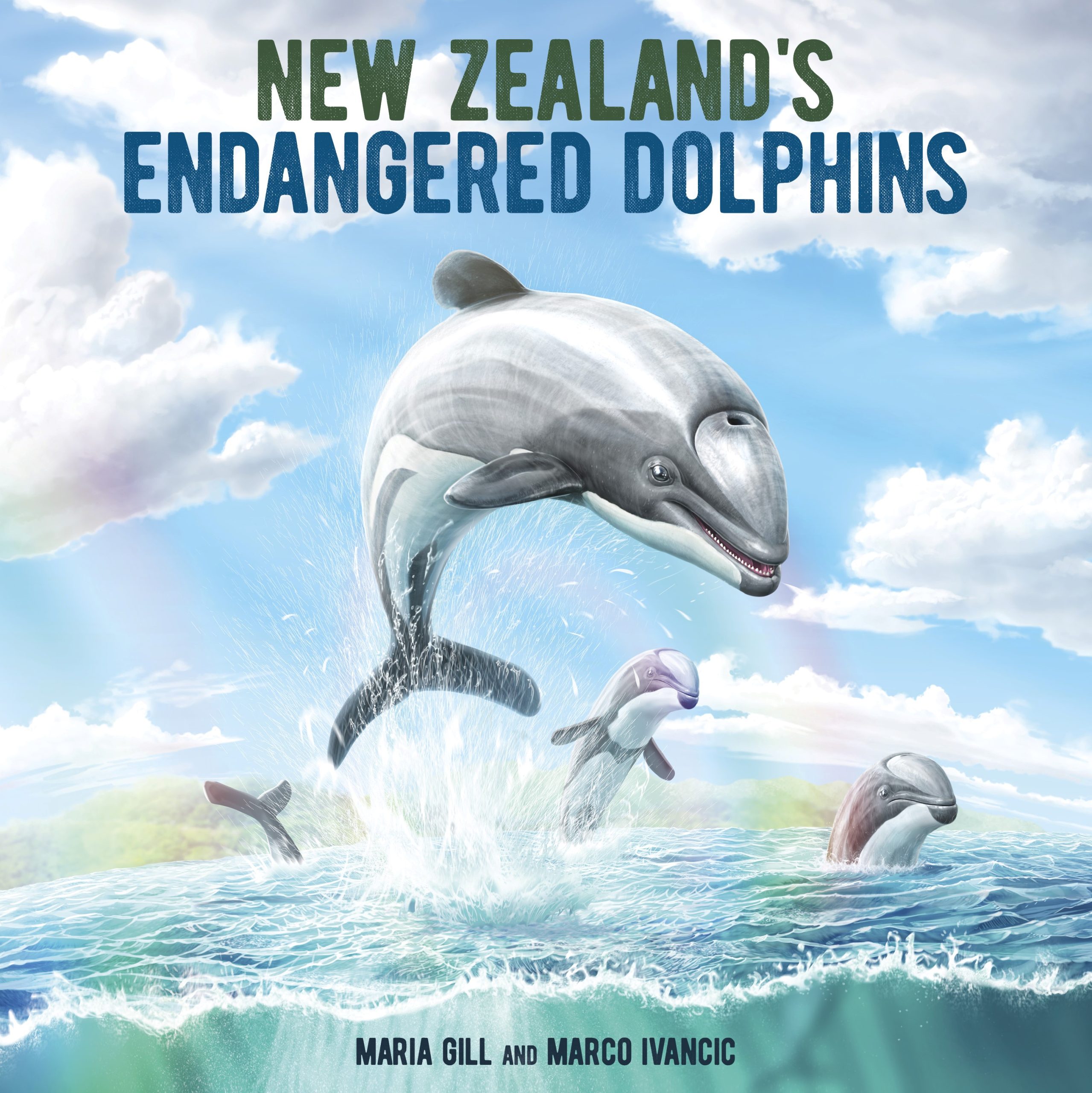
New Zealand’s Endangered Dolphins
By Maria Gill & Marco Ivancic
Published by White Cloud Books
RRP: $27.99
Piki te Ora: Your Wellbeing Journal, by Hira Nathan, Jessie Eyre, & Huriana Kopeke-Te Aho (Allen & Unwin)
From the creators of the gratitude journal Whakawhetai, comes a version for the young and young at heart. Piki te Ora is a guided journal aimed at kids, from te ao Māori perspectives and principles of hauora. It is a colourful and open invitation for self-reflection and mindfulness, packaged in an appealing and uncluttered way.
I found the block colouring style of the cover and internal illustrations immediately appealing; they are bright and fun without feeling juvenile, and the coloured borders throughout the book keep it fresh and inviting. The book opens with a karakia (in reo Māori, followed by the English version) and the first pages explain what the book is about and how to use it. There is a glossary and explanation of Te Whare Tapa Whā before launching into the activities.
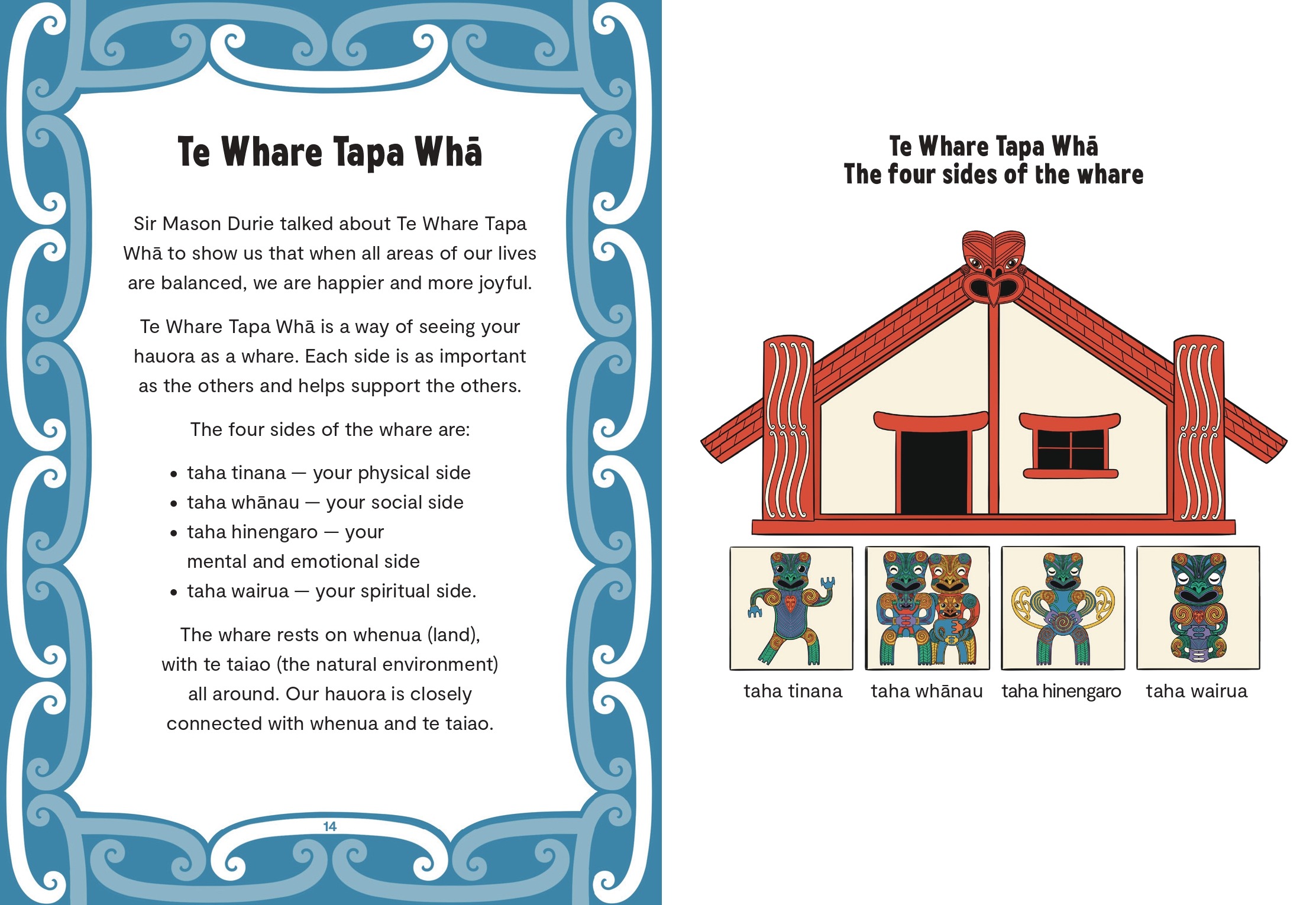
One of the things I really appreciate about this journal is that it makes clear that there is nothing too big or small to write about. You might be grateful for hot chocolate, or your best friend; a warm bed, or your whānau; lollies, or your whare. I know that for my own eight-year-old, “serious” conversations about thoughts or feelings or attitudes are hard to engage with, but this approach invites the journal-filler-inner to answer as they like, while imparting the process and tools of looking more closely at ourselves and our holistic wellbeing. (On one of the ‘Taha tinana’ pages asking you to fill in the face to show how you feel, said eight-year-old drew features to turn it into a cat. Despite wanting my kid to reflect on himself I just have to take a breath and remind myself there is no right or wrong way to fill in this pukapuka).
One of the things I really appreciate about this journal is that it makes clear that there is nothing too big or small to write about.
The language in the book is easy to follow and filled with kupu Māori. In many places te reo is incorporated seamlessly into the text, with the context making it clear the meaning of the word, or in other places there is suggested vocabulary in both reo Māori and reo Pākehā. The headings on each page are in Māori, and whakataukī are sprinkled throughout (with English translation. This approach is—at least to me, a non-Māori person with very beginner knowledge of reo Māori—an accessible and inclusive use of reo that is empowering to the learner speaker and reinforcing for more seasoned reo users.
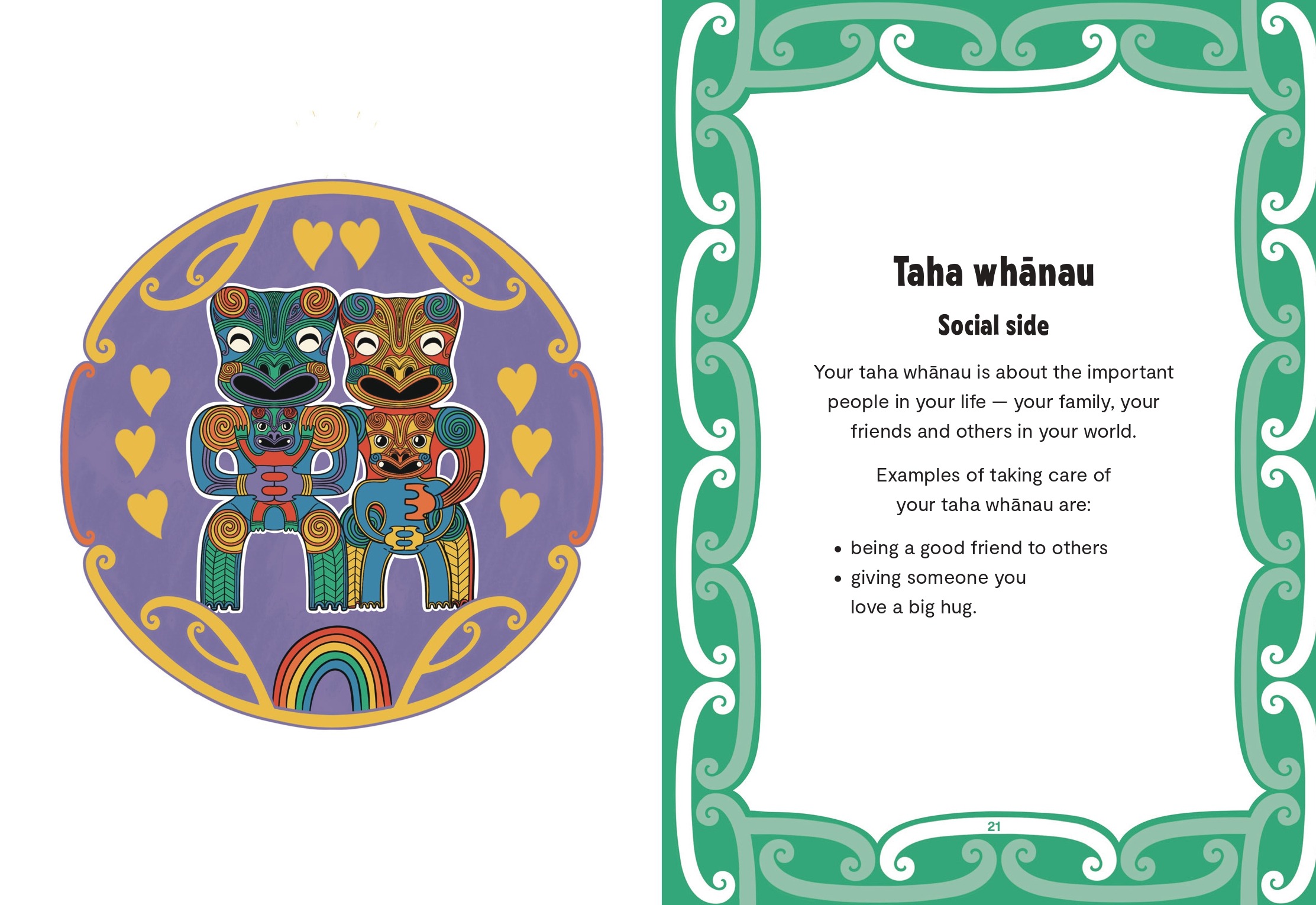
There is plenty of white space in the book to do the activities or write about what it’s asked you to do, and also blank space to use how you like. The suggestions in the book also work well as prompts if you want to share with the whole whānau (although now that in my copy my child has staked their claim by writing their name in it, I might have to get my own!). The last section of the book is about the whetū and practices of Matariki, and finishes with some fun kīwaha (sayings). I think my favourite might be “Taiea ana” (Skux, you’ve got swag”)!
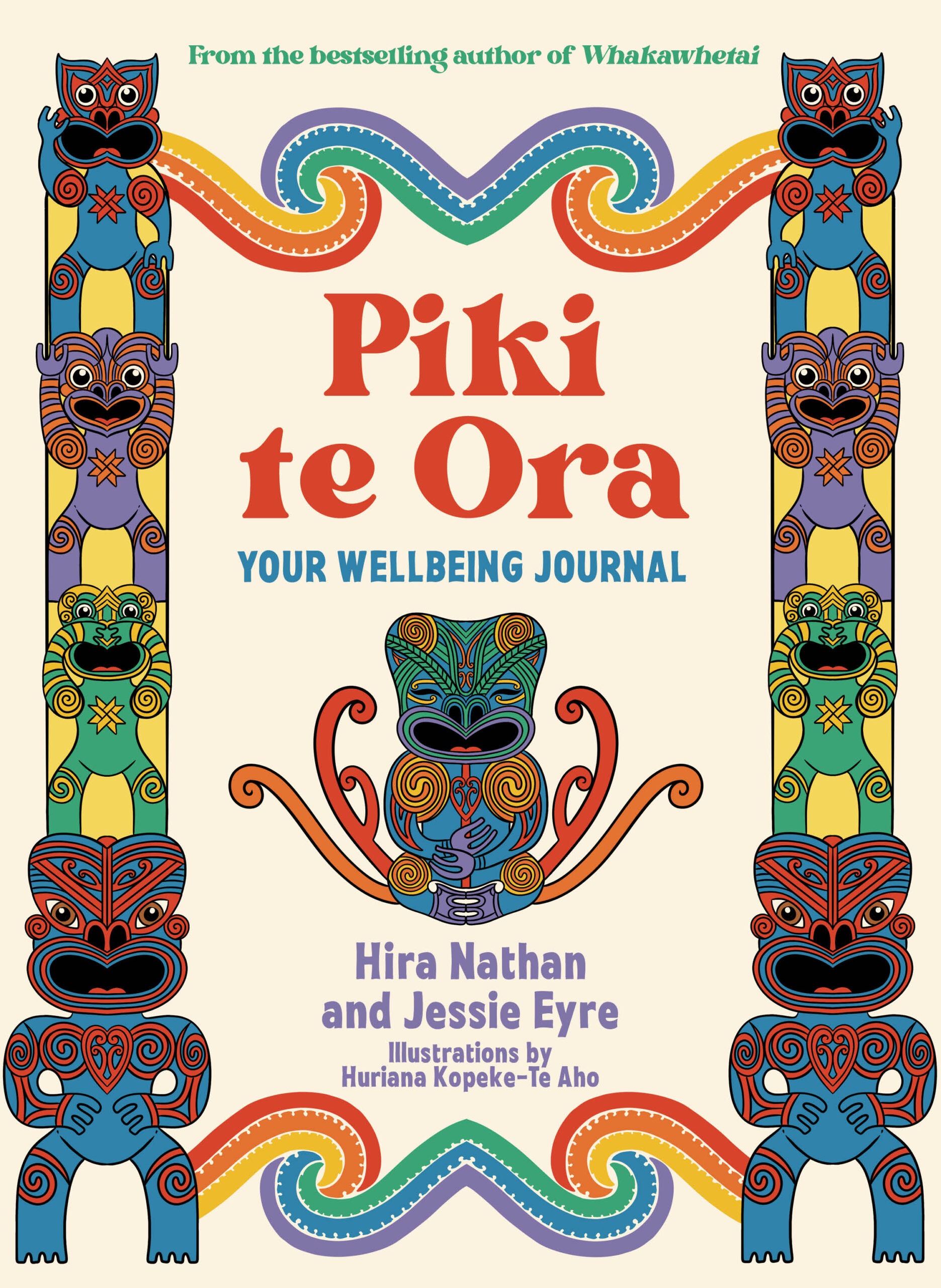

Linda Jane is a writer of picture books, poetry, essays and science. Her background is varied, including work in ecology, environmental education, summer camps, and a community newspaper. She is Singaporean-Pākehā, queer, and loves leaping into cold bodies of water. She was previously lead editor for The Sapling.



